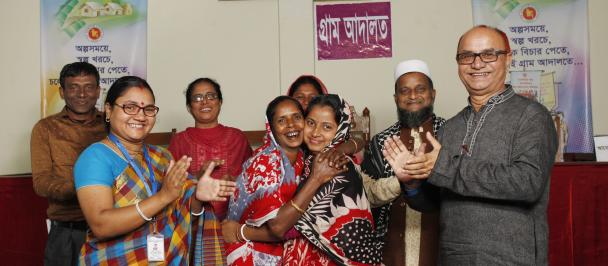Bangladesh: Tackling Climate Change Through Integrated Nature-Based Solutions
November 1, 2022
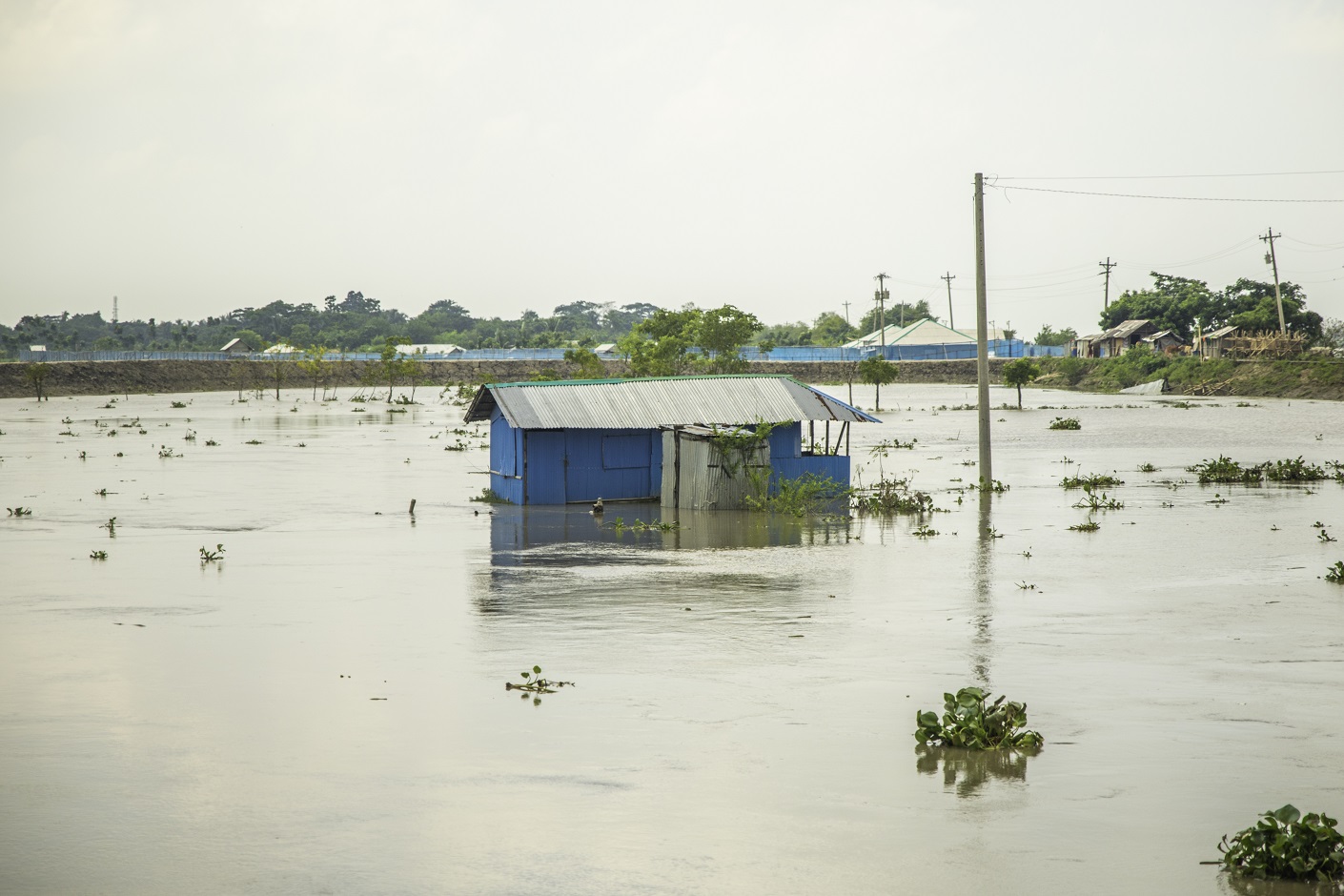
Flooded house due to coastal erosion caused by climate change in the Khulna district of Bangladesh (Photo credits: UNDP Bangladesh)
Located east of India on the Bay of Bengal, Bangladesh is known for its lush greenery and picturesque waterways, including the world-famous Ganges River. These waterways produce rich agricultural soil, allow extensive travel by boat, and provide access to the rest of South Asia and the world. The same geography – combined with a high-density population - makes Bangladesh one of the most climate change-vulnerable countries in the world due to rising seas, floods, drought, salinity intrusion and increasingly powerful cyclones.
Vulnerable communities continue to pay a social and economic toll, with more than seven million Bangladeshis affected by flash floods in 2022, a catastrophe that has killed nearly 100 people and left thousands displaced. The magnitude of climate and disaster risks faced by communities remains a concern. Official statistics show that nearly twenty million women, children, and men could become victimized by displacement by 2050, which constitutes almost half the projected climate-displaced population in South Asia (World Bank, 2021).
Climate and development challenges are increasingly intertwined since the lives and livelihoods of communities and broader socio-economic development relies on the health of our natural systems. According to the Intergovernmental Panel on Climate Change (IPCC), limiting global warming to 1.5°C this century would make it easier to eradicate poverty and make progress on other Sustainable Development Goals (SDGs) such as health, gender equality and environmental protection. This means looking beyond sectoral challenges for transformative change, understanding interdependencies, and leveraging linkages across interventions.
The Government of Sweden and the United Nations Development Programme (UNDP) have supported Bangladesh in addressing these challenges, including through their joint Global Programme on Environment and Climate Change (Sida-UNDP Programme), funded by and co-created with Sweden's International Development Cooperation Agency (Sida).
“The programme has brought innovations to UNDP’s integrated programming on environment and climate change in Bangladesh and several other countries, as part of broader efforts to eradicate poverty and accelerate progress on the SDGs”, says Jörgen Eriksson, Senior Programme Specialist at the Swedish International Development Cooperation Agency (Sida).
The Swedish official recently completed a site visit to the Bangladeshi districts of Khulna, Satkhira, and Narayanganj where millions of people have been affected by cyclones, storm surges, floods and climate change-induced migration. The visit highlighted how UNDP has assisted the Government of Bangladesh, civil society, and private sector partners in finding integrated solutions to development challenges resulting from environmental degradation.
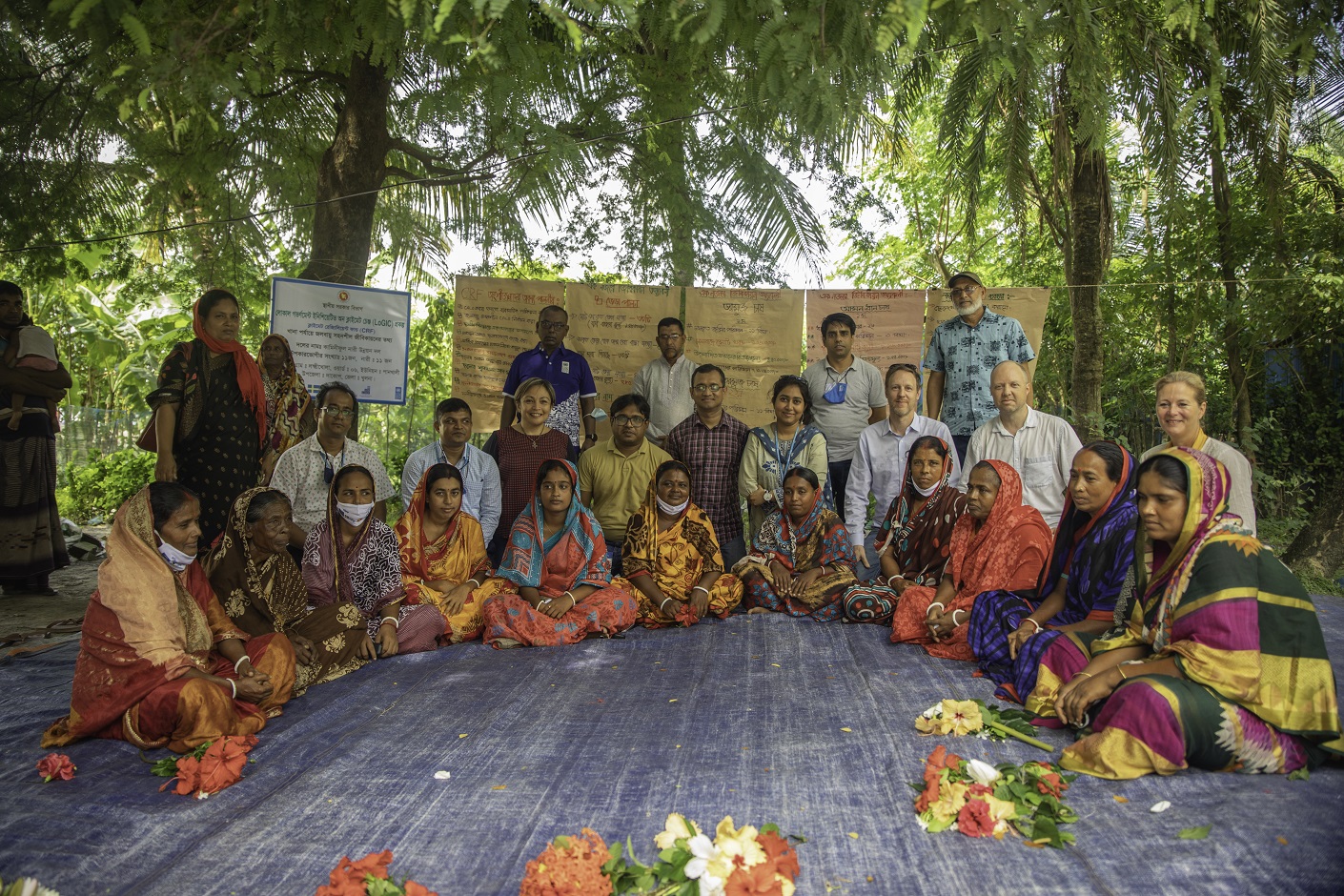
Sida delegation meets with UNDP project beneficiaries in the Khulna district (Photo credits: UNDP Bangladesh)
The delegation met with communities standing at the forefront of climate change during a visit to a mud crab hatchery in Southwestern Bangladesh, supported through UNDPs Sundarbans Area-Based Programme (SABP). This initiative adapts nature-based solutions to development challenges in the world's largest area of mangrove forests by employing the integrated programming approach championed by the Sida-UNDP Programme.
“New ways of working have been crucial to addressing multi-disciplinary development challenges facing Bangladesh including climate change, environmental degradation, biodiversity loss, poverty, food insecurity and gender inequality”, says Farzana Rahman, Project Manager at UNDP in Bangladesh.
These views are shared by Jörgen Eriksson who highlights that initiatives such as the SABP demonstrate the potential in moving development programming from simply tweaking our current realities, to questioning norms, connecting unlikely dots, and improving the living conditions of marginalized and vulnerable communities.
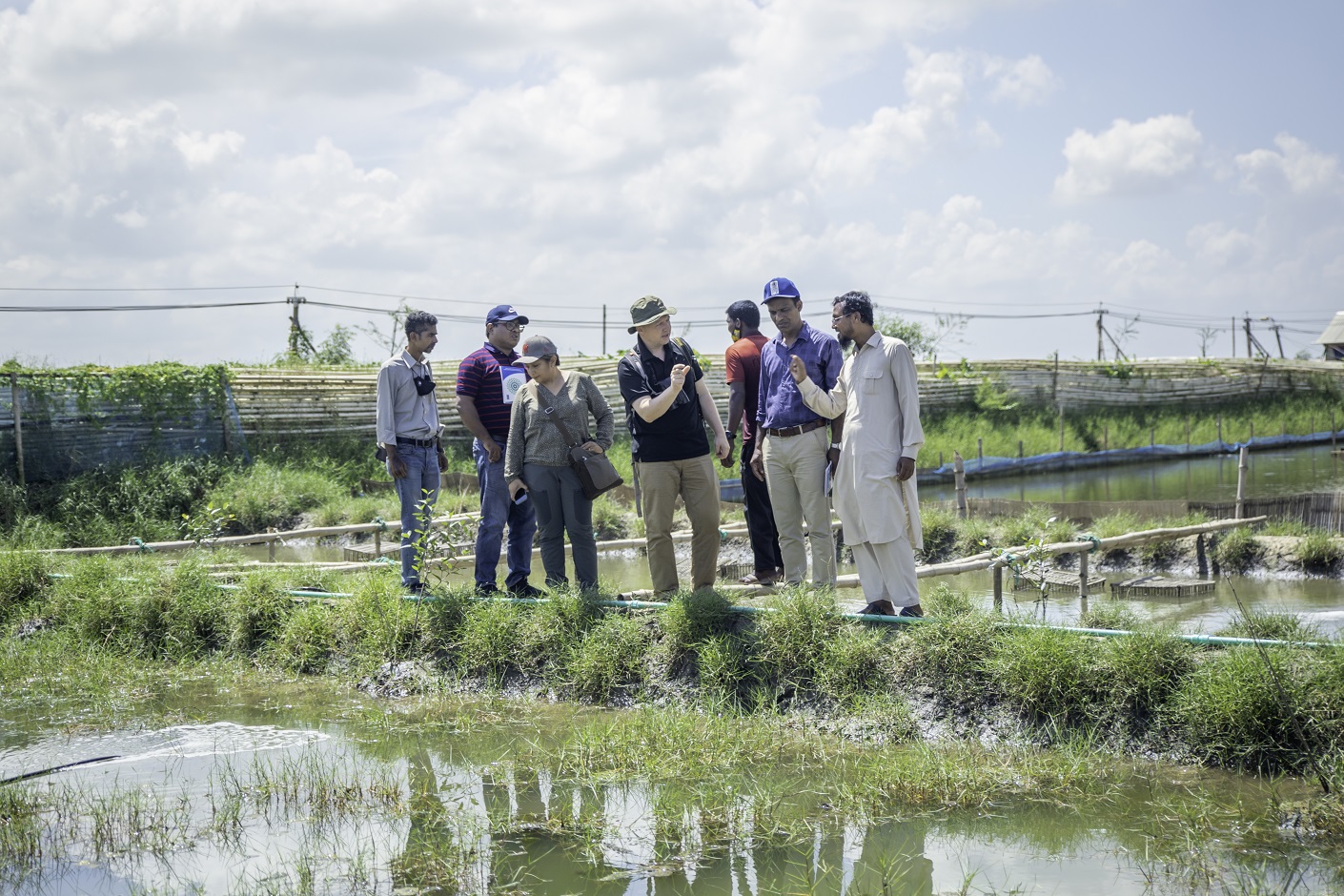
Sida delegation visits the nature-based mud-crab hatchery forming part of the Sundarbans Area-Based Programme (Photo credits: UNDP Bangladesh)
In addition to engaging with local stakeholders, discussions were held with UNDP staff to assess how the Programme has promoted new ways of working on nature-based solutions promoting sustainable development. These include more effective shared learning, gender mainstreaming, and the application of social and environmental safeguards in nature, climate and energy work.
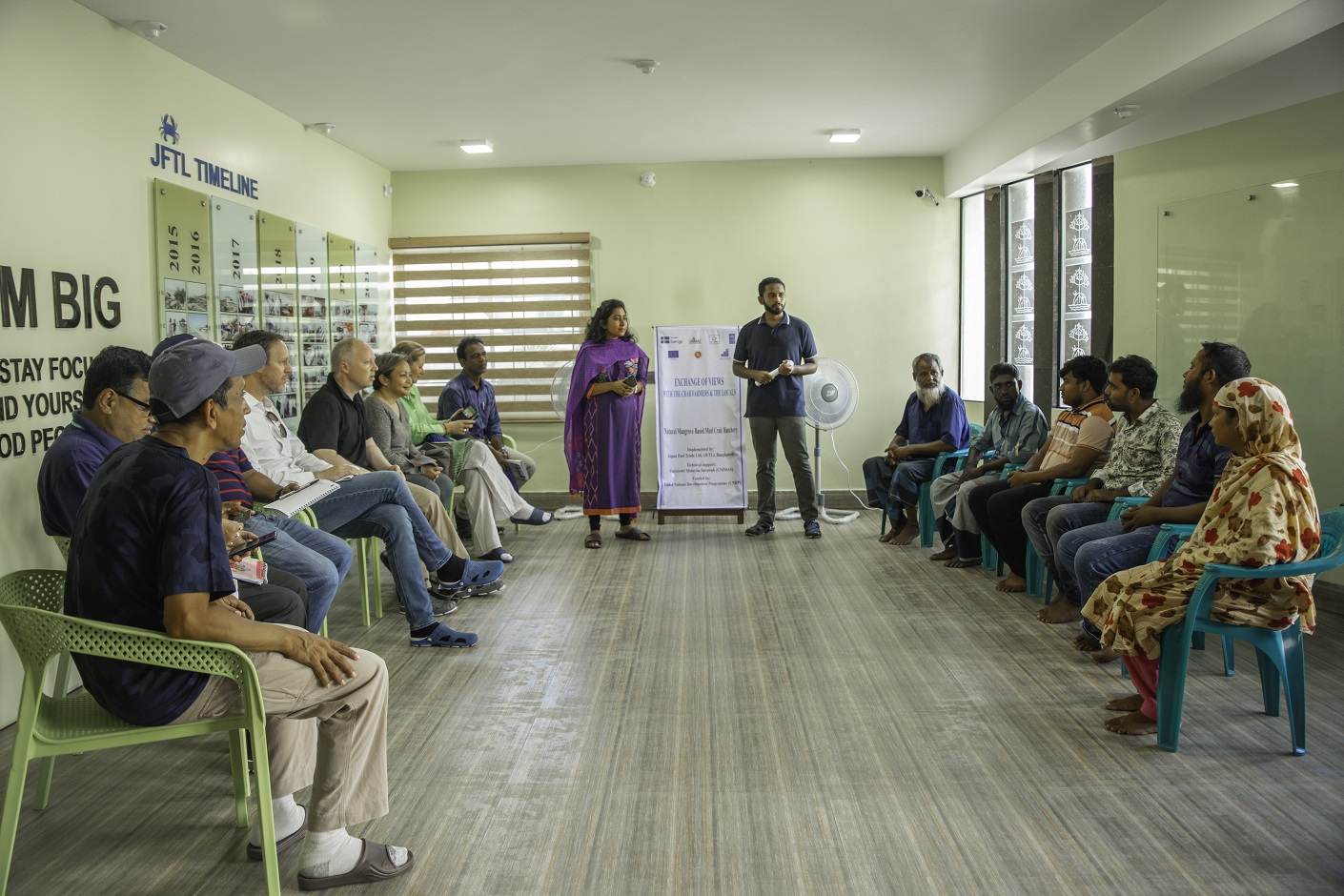
Discussion with the mud-crab value chain actors in the Satkhira district (Photo credits: UNDP Bangladesh).
“The Sida-UNDP Programme has introduced integrated ways of working through the creation of a joint platform for the UN Country Team to take coordinated action in tackling complex climatic and environmental challenges. These activities have broken down traditional siloes and made our programming more impactful and effective”, says Stefan Liller, UNDP’s Resident Representative in Bangladesh.
“UNDP Bangladesh acknowledges and thanks the Government of Sweden for supporting these groundbreaking initiatives”, Liller adds, while highlighting that it is only through an integrated approach to development challenges that Bangladesh can work towards a better and more sustainable future for all.

Sida official Katarina Zinn interacts with beneficiaries of UNDP projects in the Khulna district (Photo credits: UNDP Bangladesh)
At the conclusion of the visit, the Sida delegation commended UNDP for promoting integrated resilience-building initiatives that protect the environment while strengthening livelihoods and reducing gender-based and other inequalities. “It is great to see how the Sida-UNDP Programme has made a big difference in the daily lives of local communities by building community resilience to climate change and related development challenges”, Katarina Zinn, Senior Policy Specialist at Sida says. ”It is particularly promising that these interventions have improved the lives of vulnerable populations, including women and children”, Zinn concludes.
Keeping integrated programming at its core, the Sida-UNDP Programme will build on these successes in 2023 by advancing nature-based climate-adaptive livelihood solutions to critical development challenges. By fostering new ways of working within and beyond the UN, these efforts will continue promoting a better and more sustainable future for all, in Bangladesh and around the world.
The Sida-UNDP Programme on Environment and Climate Change
The global Sida-UNDP Programme on Environment and Climate Change works to strengthen internal capacities and promote new ways of working required to deliver on the environmental, climate, energy and linked Signature Solutions of UNDP’s Strategic Plan. These include capacities for management and coordination for integrated policy and programming; cross-cutting expertise; and systems for social and environmental safeguards, gender mainstreaming, as well as data, communications and knowledge management.
The Programme promotes integrated programming at the global, regional and country levels within and across UNDP’s Nature, Climate and Energy portfolio and broader Global Policy Network. This includes dedicated work in nine UNDP Country Offices, which include Colombia, Haiti, Bangladesh, Cambodia, Fiji, Myanmar, Nepal, Ethiopia, and Uganda.
The Programme is funded by and co-created with the Swedish International Development Cooperation Agency (Sida).
The programme has brought innovations to UNDP’s integrated programming on environment and climate change in Bangladesh and several other countries, as part of broader efforts to eradicate poverty and accelerate progress on the SDGsJörgen Eriksson, Senior Programme Specialist at the Swedish International Development Cooperation Agency (Sida).

 Locations
Locations



